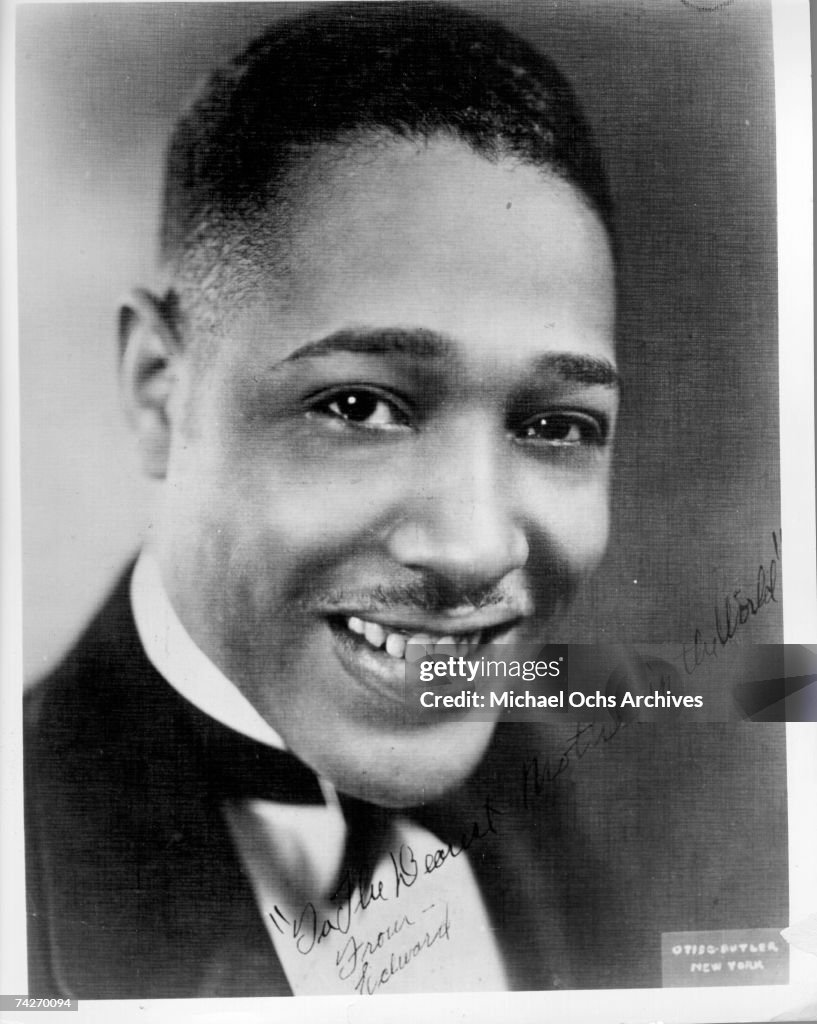An Iconic Jazz Standard
"Mood Indigo" by Duke Ellington is a quintessential 1930s song that has left an indelible mark on the world of jazz. This piece showcases Ellington's masterful ability to blend rich harmonies with poignant melodies, creating an atmosphere that is both melancholic and mesmerizing. As one of the defining compositions of the big-band era, this track exemplifies the sophistication and elegance of early jazz music.
Cultural Significance
During its release in the early 1930s, "Mood Indigo" captured the zeitgeist of an era marked by profound social and economic change. The song's haunting melody and intricate arrangement resonated deeply with audiences, cementing Duke Ellington's status as a leading figure in jazz. The cultural impact of this piece endures, as it continues to be celebrated for its innovative use of instrumentation and its emotional depth.
Intriguing Musicality
An interesting fact about "Mood Indigo" is the way Ellington utilized the clarinet and muted trumpet to create a uniquely layered sound that became a signature of his orchestral arrangements. This innovative approach not only distinguished the track from its contemporaries but also influenced countless musicians and composers in the years that followed.
Enduring Legacy
This track's timeless appeal is evident in the numerous cover versions it has inspired over the decades. Artists from various genres have reimagined "Mood Indigo", each adding their unique touch while preserving the essence of the original. The song's enduring relevance lies in its ability to evoke deep emotional responses, making it a staple in jazz education and performance today.




Comments (0)